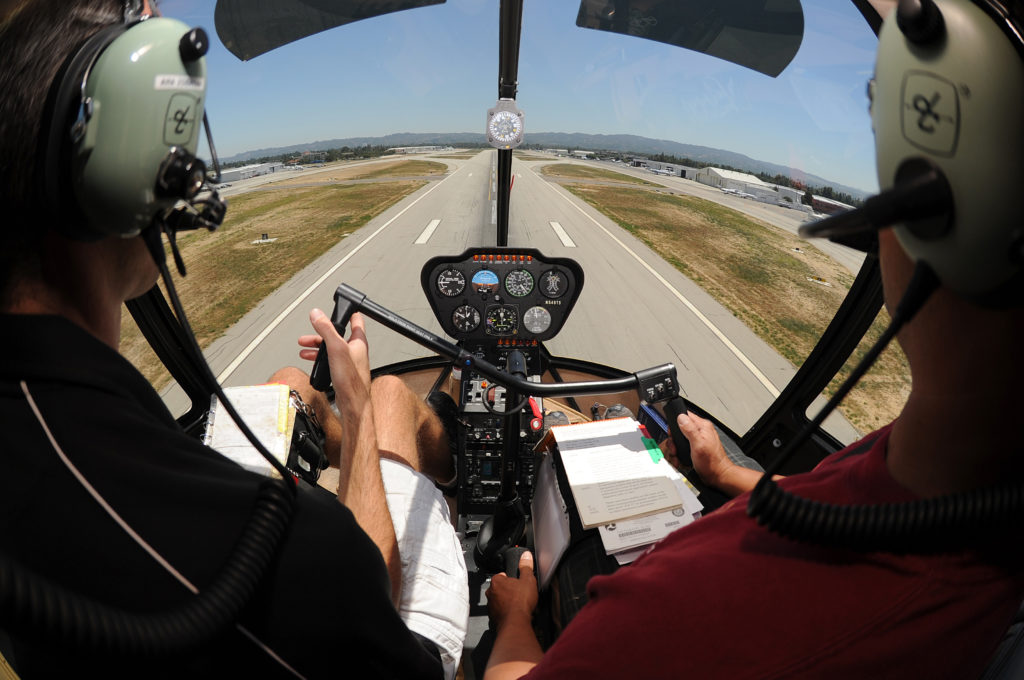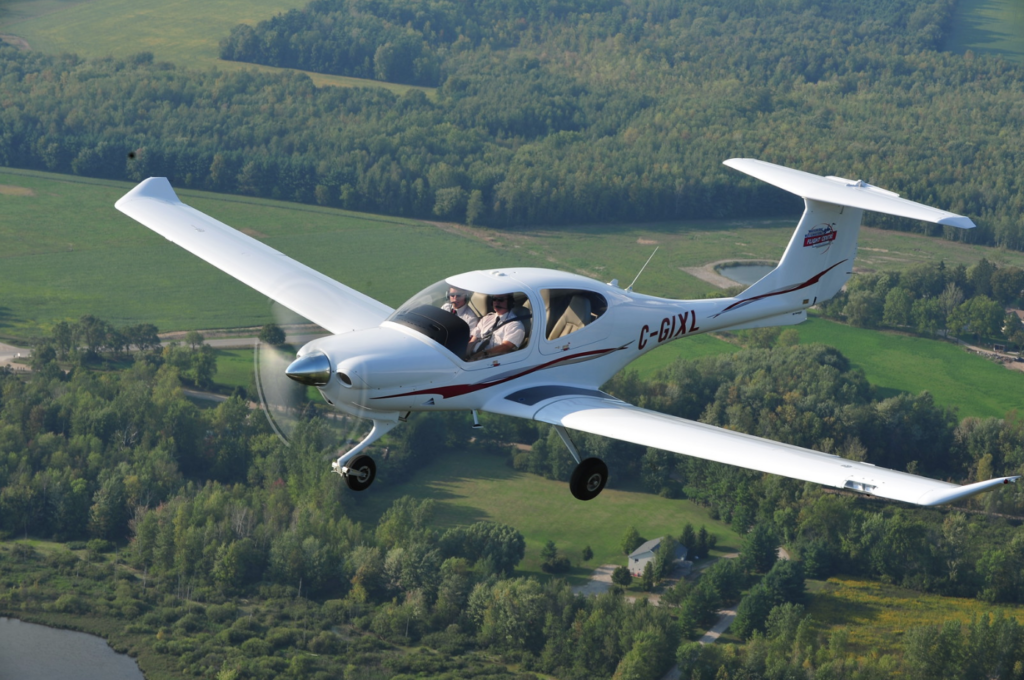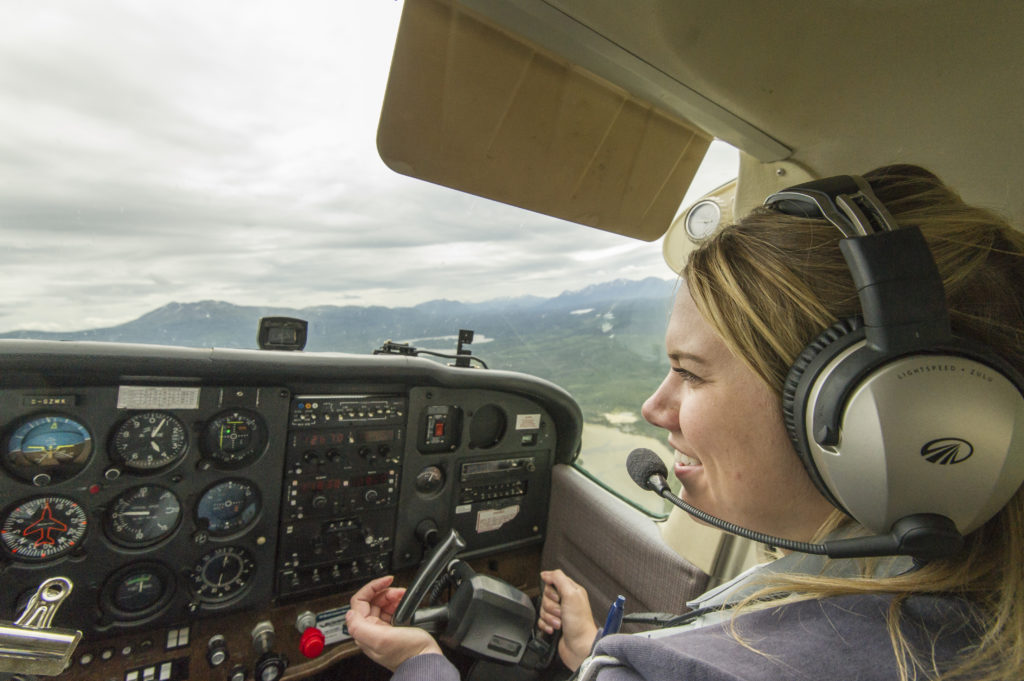Estimated reading time 11 minutes, 6 seconds.
The federal government is being urged by a parliamentary committee to forestall a looming shortage of pilots by addressing serious shortcomings in how flight training is financed, managed and regulated.
In a report tabled in the House of Commons on April 9, the Standing Committee on Transport, Infrastructure and Communities cited ballooning domestic passenger traffic as part of a global trend which will require more pilots–as many as 620,000 worldwide by 2036, 80 per cent of whom have yet to be trained.

The committee referenced a 2018 report by the Canadian Council for Aviation and Aerospace (CCAA) which pointed out that fewer than 1,200 new commercial licences are issued annually in Canada. Moreover, “a large proportion of Canadian licences (nearly half in 2015) are issued to international students and only 70 per cent of new pilots choose to remain in the aviation industry. As such, fewer than 500 new pilots become available to the Canadian aviation industry each year.”
The CCAA predicts that Canada will be short nearly 3,000 (fixed-wing and rotary-wing) pilots by 2025, a number it says does not consider the reality that even more will be needed to address the impact of Transport Canada’s new flight and duty time rules, announced four month ago.
The parliamentary committee warned that a pilot shortage presents “significant risks” to remote communities, particularly in the North, which often rely exclusively on air transport. In addition, the Auditor General found in Fall 2018 that the Royal Canadian Air Force (RCAF) is grappling with pilot recruitment and retention issues as opportunities in the civil market become increasingly attractive.
The committee’s study was kick-started by British Columbia Liberal MP Stephen Fuhr, a former RCAF CF-188 Hornet pilot whose Air Force career also included flight training and standards and who also chairs the Standing Committee on National Defence.
Fuhr said in a statement that Canada has lost the ability to generate the pilots it needs. “Estimates are that Canada will need 7,000 to 10,000 new pilots by 2025, resulting in a projected shortage of at least 3,000 pilots, given our current production rate,” he said. “Some of the biggest challenges to pilot production in Canada are the high cost of training for new commercial pilots, the low starting salaries, and an industry that has evolved a non-linear career path.”

His private motion for the study was approved unanimously by the House in late November and the all-party committee began working on it the next day. In eight meetings between then and late February, the committee heard from 26 organizations, companies and individuals and received 13 briefs in which the common theme was that Canada needs to strengthen flight schools’ capacity to address the looming pilot shortage.
As of last week, Transport Canada listed 360 domestic flight training units offering options ranging from recreational to multi-engine training. Of those, 175 offered commercial training up to an integrated Commercial Pilot Licence – Aeroplane/Instrument Rating (CPL(A)/IR), an 18-month course the Air Transport Association of Canada (ATAC) says costs between $75,000 and $90,000. A further 139 schools offer flight instructor ratings typically costing around $10,000.
However, even after completing the CPL(A)/IR, pilots need an Airline Transport Pilot Licence (ATPL) for employment as a regional or national airline captain. That requires 1,500 hours of flight time and three written exams; many pilots accumulate the necessary time working as instructors.
Among other things, the committee calls on the federal government to co-operate with all stakeholders to “develop policies to support and encourage” growth of the flight training sector, and to work with other levels of government to “encourage flight instruction as a career path” with incentives such as tax credits for experienced pilots and loan forgiveness programs for new graduates.
The government also is urged to co-operate on “outreach activities” to encourage military veterans, women and Indigenous people to consider aviation as a career, and to increase “economic incentives” for flight schools in remote and northern communities, including help with capital costs and loan forgiveness programs for new pilots in the North.
Other financial challenges are covered by several recommendations, one of which is that the federal government work with the other levels of government on assisting flight schools with “the high capital costs” of setting up, operating and expanding. This would be augmented by increased funding through the federal Airport Capital Assistance Program, as recommended in 2015 by a panel which reviewed the Canada Transportation Act. The federal government also is urged to:
- consider a 100 per cent bonus depreciation for certain capital assets, so schools can write off equipment purchases such as simulators and training aircraft;
- amend the Canada Student Loans Program to include in-air instruction time for the purpose of loan eligibility;
- extend the Student Work Placement program to flight training;
- extend the Veterans Affairs Canada Education and Training Benefit to flight training for employment purposes; and
- establish financial assistance programs, or amend existing programs, to assist professional students with the high cost of instruction through expanded eligibility criteria which recognize the integral role of Private Pilot’s Licence training in commercial training.

Transport Canada’s role is addressed in several recommendations. Among other things, the committee recommends a review of regulatory oversight, particularly of operations which rely heavily on recent graduates. The committee further recommends that:
- the hours-based flight instruction regime be “modernized;”
- more competency-based training as the primary reference for completion; and
- intergovernmental co-operation “where safe and appropriate” on exemptions to the requirement for third-party training of instructors.
Another potentially contentious recommendation, given that it could be regarded by other countries as “poaching,” is that Canada should “simplify and encourage immigration by foreign pilots, particularly international graduates of Canadian flight schools.”
ATAC president John McKenna–whose organization represents 44 flight training members and was one of the earliest to appear before the committee–was still working through the report but took time out to chat with Skies about his initial impressions.
“The government seems keen on developing solutions with industry and the flight training community,” he said, explaining that there had been discussions with Transport Minister Marc Garneau “on the very subject of financing and finding ways to attract youth and Indigenous people and women to aviation.”
He said ATAC would continue to work on what he sensed as “a willingness there to act” because the government has realized the “drastic” nature of a pilot shortfall.
“We recently conducted a poll ourselves amongst our people here and the biggest problems that schools have right now are a lack of instructors and a lack of equipment.”
McKenna pointed out that “a lot of . . . the equipment is older than the people flying in them” and that if Canada is serious about benefitting from the international training market, upgrades are critical. “We always get a share but we could get a lot more. We need to increase our capacity, we need to be more modern. You can’t train people in dial cockpits when everyone now is working with glass cockpits . . . so there’s an investment that’s required and everyone is aware of that. Some of these recommendations touch that, so that’s good.”

When Skies noted that the Finance Minister’s recent budget had offered little in the way of added support for the flight training sector, McKenna suggested that Garneau had been “hoping for something in there” but it obviously hadn’t materialized despite vigorous lobbying.
That initiative will continue, including a push for changes to the Income Tax Act. “There’s a lot of things that we’re working on as far as that goes,” said McKenna, pointing out that while tax write-offs are appealing, “you have to have the money to buy things before you can write them off. [And] right now, even if you get the best equipment, you can’t get instructors.”
Asked how the instructor cadre can be increased if there’s a fundamental challenge of getting more students into the training pipeline to begin with, he replied that the committee’s report had “touched” on the question.
“You’ve got to give them something,” he said. “If you’re an instructor for five years, you should either get a credit for each of the years that you’re an instructor, if you’ve had a [flight training] loan or something, or you get interest forgiveness during that period. Something! They can pay off their loans because they’ve got an extra tax credit or a subsidy because they’re an instructor.
“There are definitely ways to do it. It’s just that there has to be the political will to do it.”
Find the full parliamentary committee report here.









Financial burden was what kept me from following through with fulfilling my dream of flying helicopters.. even after finding a well paying career I held on to the dream.. but add family expenses and a trastic cut in pay if I was successful .. I couldn’t justify the burden on my family !!
I spent over $75,000 getting my license only to be offered an instructor position at minimum wage.
Now I make more money driving a garbage truck than most regional airline Captains. Sad, isn’t it?
This article is too helpful.. but please suggest some best affiliated flying schools which provide campus facility and also are affordable..
Hi.
I am an immigrant women who immigrated to Canada just to be a pilot as it is my dream.I have started my school at Mitchinson flight school in Saskatoon but after a while due to high cost + living cost I had stoped it. I wish there was some programs which could support student as there is no financial support than line of credit for student while students needs to pay life expenses + high cost of fuel and flights including instructors.
If there would be any supports , so many people’s dream is coming to truth like me.
Thanks.
I’m glad this is being looked at seriously. Do you know how frustrating it is to tell people I make more as a bartender, than I do teaching people how to fly airplanes? I’d love to put my 80k+ education to work, just as soon as it isn’t a significant pay cut.